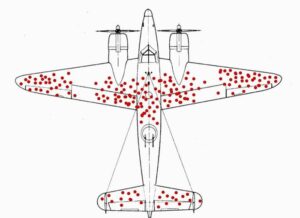Analyzing Data for Good Outputs
by Uday Kumar, Chief Digital Officer
January 28, 2022
Analyzing Data for Good Outputs
 Data analysis has evolved from expensive, incomplete, and time-consuming censuses in the ancient world, to the real-time analysis of minutely detailed business process information. In the future, I expect this iterative loop to turn faster and faster, further incorporating #ML, automated task analysis, and big-picture strategic overviews.
I remember my first real exposure to data analysis was in Grad school (Case Western Reserve University, many moons ago). Back then, we used Lotus 1-2-3 and Quattro Pro for data analysis and visualization. It was time consuming, tedious, and error-prone but served our purpose.
With so many data analysis tools and techniques available, the real question is “what are the qualities of a good analytical output?”. Here is what I have learned from my experiences –
Data analysis has evolved from expensive, incomplete, and time-consuming censuses in the ancient world, to the real-time analysis of minutely detailed business process information. In the future, I expect this iterative loop to turn faster and faster, further incorporating #ML, automated task analysis, and big-picture strategic overviews.
I remember my first real exposure to data analysis was in Grad school (Case Western Reserve University, many moons ago). Back then, we used Lotus 1-2-3 and Quattro Pro for data analysis and visualization. It was time consuming, tedious, and error-prone but served our purpose.
With so many data analysis tools and techniques available, the real question is “what are the qualities of a good analytical output?”. Here is what I have learned from my experiences –
- It is built off of good, reliable data
- It has clear labels and legends
- It is simple and intuitive to understand
- It provokes constructive questions
- It provides actionable insights
- It tells a story (visual outputs are usually more impactful)
- Most important of them all, it is communicated in a timely manner, to the right audience


